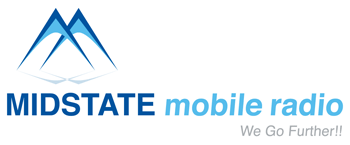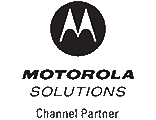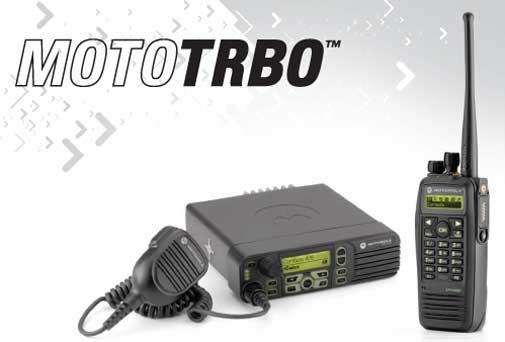 |
 |
Providing Two Way Radio Communications Call Us Today (609) 888-1234 |
|
MOTOTRBO - LTR / Passport Trunking Option Board Scholer Johnson, Inc.Analog and Digital Operation in a Single Radio The analog trunking option board for MOTOTRBO radios allows current analog LTR® and PassPort® users to purchase MOTOTRBO radios and continue to use analog trunking protocols today. When users are ready, they can then utilize the same MOTOTRBO radio unit to migrate to MOTOTRBO Time Division Multiple Access (TDMA) digital trunking in the future. By purchasing MOTOTRBO radios with the analog trunking option board, users can take advantage of the many capabilities of MOTOTRBO and be better prepared to migrate from analog today to digital tomorrow.  LTR® and PassPort® Trunking Operation MOTOTRBO subscribers can now operate in the popular Logical Trunked Radio (LTR) signaling protocol, which is widely used primarily by private companies such as taxicabs, utilities, delivery trucks, and repair services. MOTOTRBO subscribers can now operate in PassPort 4.0 – the wide area networked trunking technology that meets the demanding needs of mission critical, business, and industrial users. The MOTOTRBO analog trunking option board is available in the Classic and Enhanced PassPort protocols. Factory Installation Designed and Manufactured by Scholer-Johnson, Inc. Scholer-Johnson relied on their vast experience for the design of the MOTOTRBO LTR/Passport option board. Scholer-Johnson has been providing Passport solutions since 1999 and has over 17 years of experience in manufacturing LTR solutions for two-way radios. |
|



